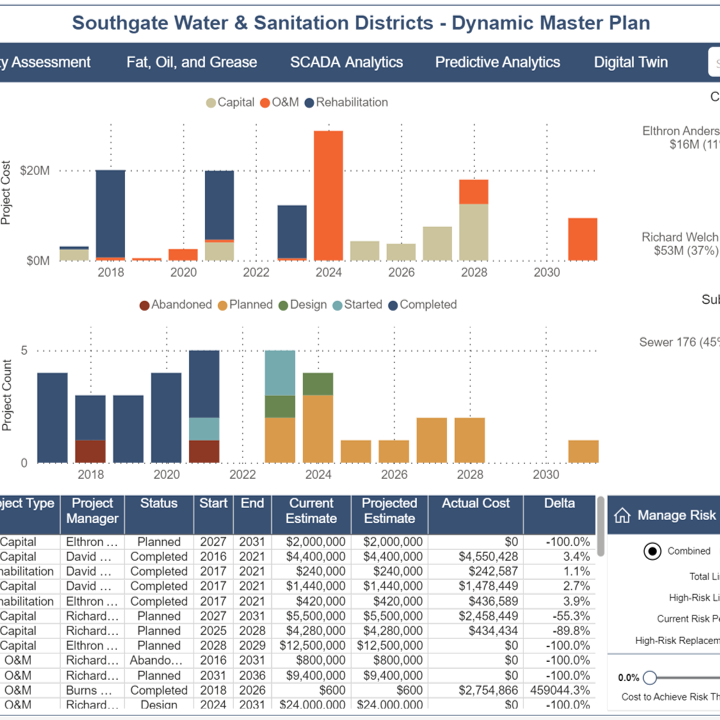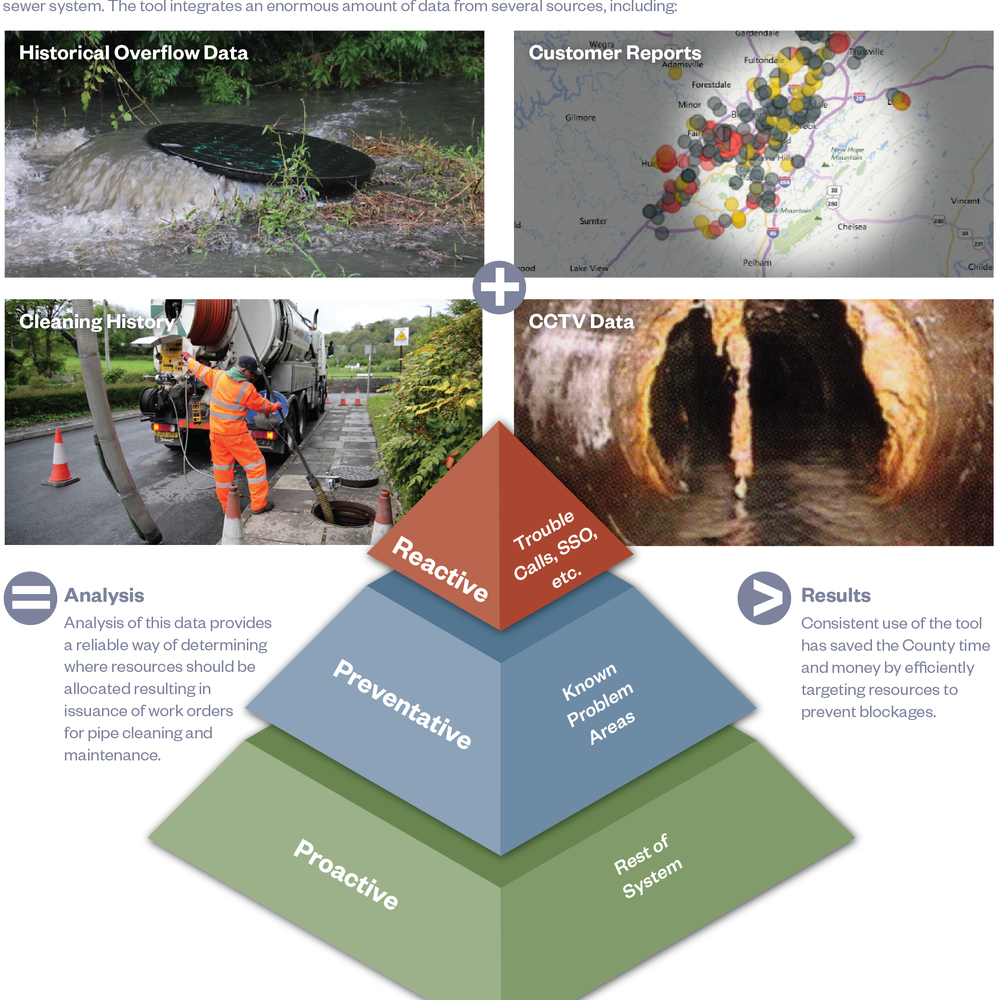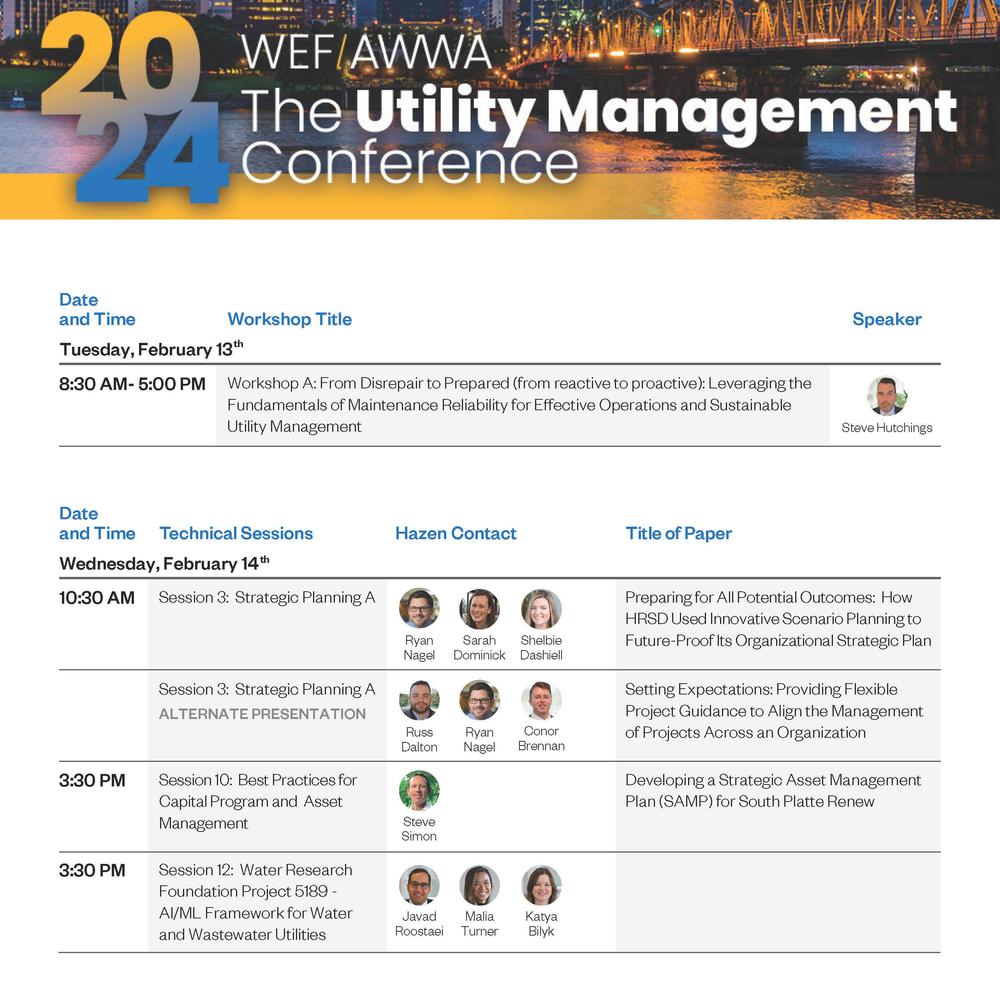Adapting to Climate Change Impacts on NYC Wastewater Systems
Hazen and Sawyer, as part of a joint venture, is identifying and quantifying the impacts of climate change and population growth on New York City’s sewer, drainage, and wastewater systems, and recommending adaptation strategies to manage risks.
Hazen's strategy includes evaluation of waterfront facilities and infrastructure vulnerable to flooding and other operational impacts.
Following the impacts of Hurricane Sandy, the project was expanded to include vulnerability analyses and adaptation recommendations for all at-risk city wastewater treatment plants (WWTP) and pumping stations (PS).

Sandeep Mehrotra brings a wealth of expertise related to climate resiliency adaptation, green infrastructure design/stormwater Best Management Practices, and environmental review and impact analysis.
Related Topics:
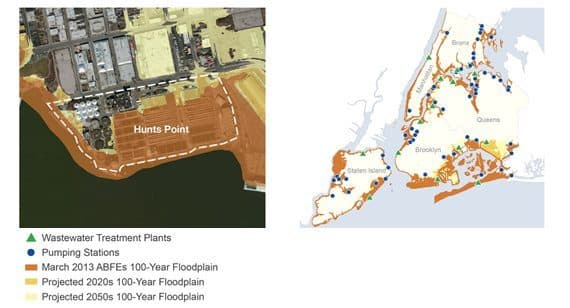
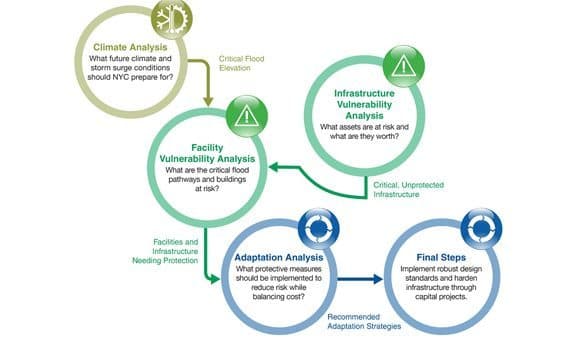
Project Outcomes and Benefits
- Developing a long-term adaptation and optimization strategy, based on defined deterministic metrics, to ensure the City’s water infrastructure will be robust enough to withstand predicted climate change scenarios.
- Defining adaptation recommendations for all WWTP and PS at risk of inundation during extreme storm surges.
- Updating “intensity-duration-frequency curves” for rainfall in NYC and defined a new ‘”typical year” for drainage analysis.
- Identifying critical system thresholds and vulnerabilities and cost-effective and environmentally sustainable adaptation solutions in order to make site-specific adaptation recommendations.
- Collaborating with City planners, engineers, and operations staff at the earliest possible stages to maximize value across the City’s missions and ensure immediate integration of climate change adaptation.







